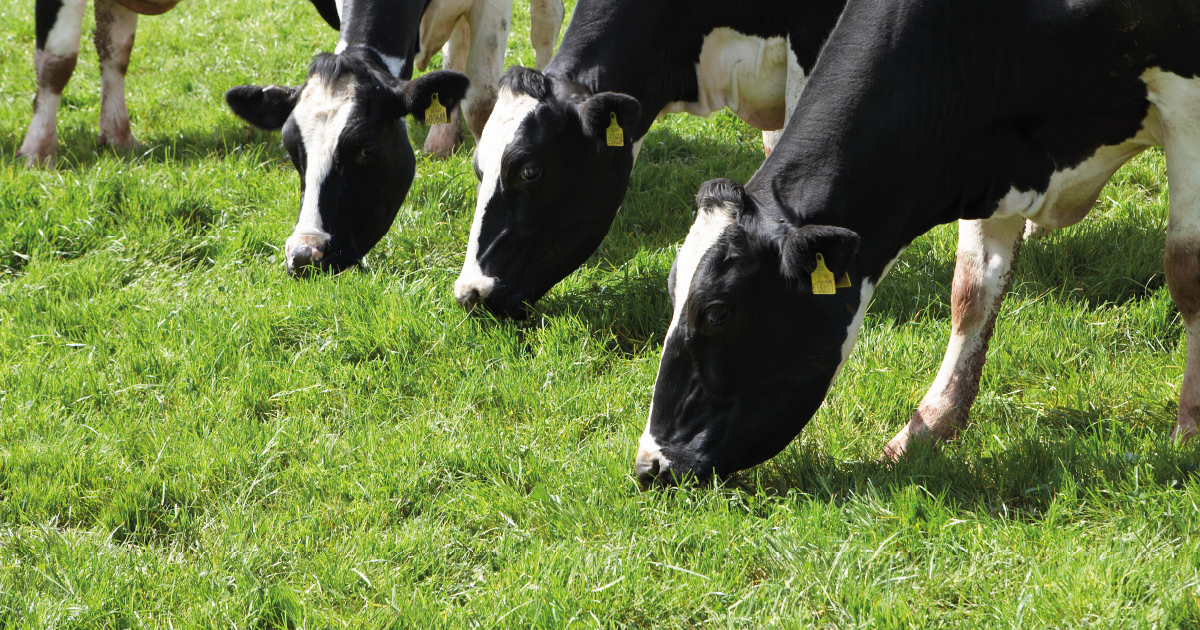Forage4Profit - 4 ways to help improve milk from forage
-

- 5 May 2023
- 0 Comments

Forage4Profit is a 4-point plan to help livestock farmers maximise the quality of homegrown forage and improve milk or meat from forage.
In this blog, we look at the 4 factors to help improve milk from forage this season.
The amount of milk produced from forage averages just 2,900 litres nationally, figures from Kingshay’s cost report from December 2022 show. There is huge scope to improve this and reduce purchased feed costs, with the best farms achieving 5,300 litres of milk from forage.
Every 1,000 litres of milk from forage equates to approximately 460kg of concentrate feed, and so by increasing homegrown forage quality, it's essential to maximise homegrown to make the most efficient use of purchased feed.
Soil Health
Making good-quality forage starts with having balanced soils.
About 80% of soil samples carried out by Wynnstay are the incorrect pH, therefore, soil health is a limiting factor and will reduce crop growth and quality.
Regular soil samples should be carried out, if there are any imbalances, these should be corrected. It is also important to identify areas of compaction and aerate soils to combat this, as well as creating bespoke fertiliser plans tailored to individual nutrient requirements.
Seed Selection
Seed selection should be specific to each farm and will depend on soil type, rainfall and how much forage is required alongside quality targets.
We must remember when we plant a seed in the ground on a dairy farm, the end product is not necessarily a crop – it’s a litre of milk. Milk is a saleable commodity and so seed selection must be linked to what the farmer is trying to produce.
I would recommend reseeding regularly, especially underperforming leys. Multi-species leys and crops tend to work very well because they are high in protein such as red clover and lucerne.
Crop preservation
This is often a stumbling block because of the UK’s variable weather conditions.
Once the grass is cut that plant is losing energy (sugars) up until it is clamped. Grass should be cut, immediately tedded, wilted, and picked up within the shortest possible time.
As a starting point, work out the crop’s nutrient requirements and apply slurry and nitrogen fertiliser accordingly. It is also important to ensile the crop quickly to reduce dry matter losses and use an effective inoculant to rapidly drop the pH and reduces losses.
Balance the ration
The complete diet is only as good as the forage foundation; the best results are achieved with high-quality forage and balanced concentrates. It is important to work with your nutritionist to balance the ration with concentrates to achieve good protein utilisation and efficiency.






